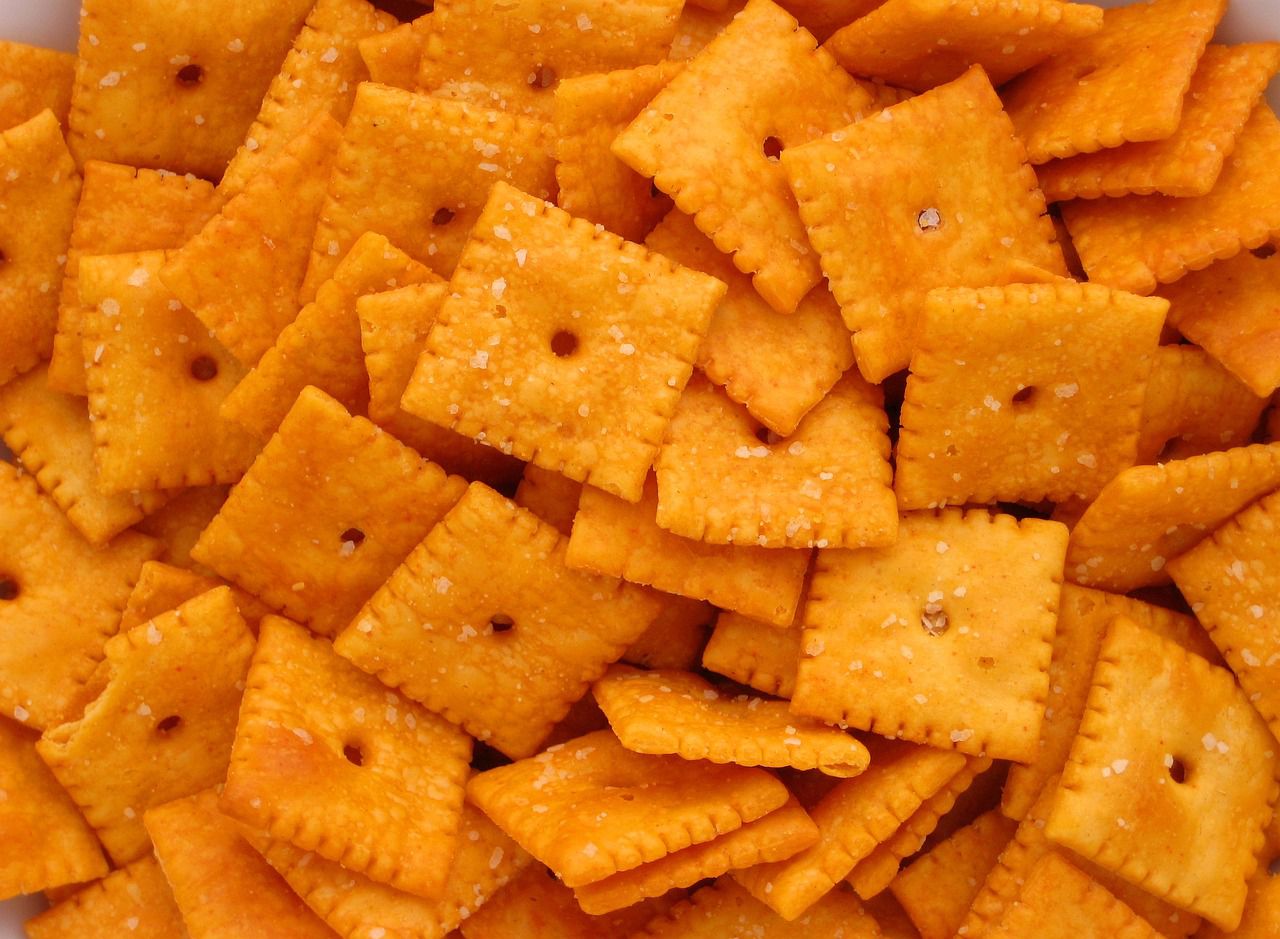If you love crackers and prefer to stock it up in advance, then you should know how to store them properly.
While they can be stored for many months or even years, it's possible only if you store them correctly.
Here are a few tips on how to do that.
Seal Them Properly
After opening a box of crackers, close the packaging tightly to keep air out. You can use a clip, a twist tie, or transfer them to an airtight container.
Ensure there are no gaps or openings in the packaging that can allow air inside.

Choose the Right Container
If you use an airtight container, make sure it's clean and dry. Glass or plastic containers with a good seal work well.
For large quantities, you can use a resealable plastic bag and remove as much air as possible before sealing it.
Control Temperature and Humidity
Store your crackers in a cool, dry place. Ideal storage temperatures are around 50-70°F (10-21°C).
Avoid storing crackers in areas with high humidity, like near the stove, dishwasher, or in the bathroom. Moisture can make crackers go stale.
Protect from Light
Keep crackers away from direct sunlight or strong artificial light. Exposure to light can affect their quality.
Moisture Absorbers
If you live in a very humid environment, consider using moisture-absorbing packets or silica gel packs inside the container to help absorb excess moisture and keep crackers crisp.
Check Expiration Dates
Pay attention to the "best by" or "use by" date when buying crackers.
Choose products with longer shelf lives if you plan to store them for an extended period.
Avoid Crushing
Handle crackers gently to prevent breakage. If they get crushed or crumbled, they won't stay fresh as long.
Conclusion
By following these detailed guidelines, you can help ensure your crackers remain fresh, crispy, and enjoyable for an extended time.
Proper storage is key to preserving their quality.









